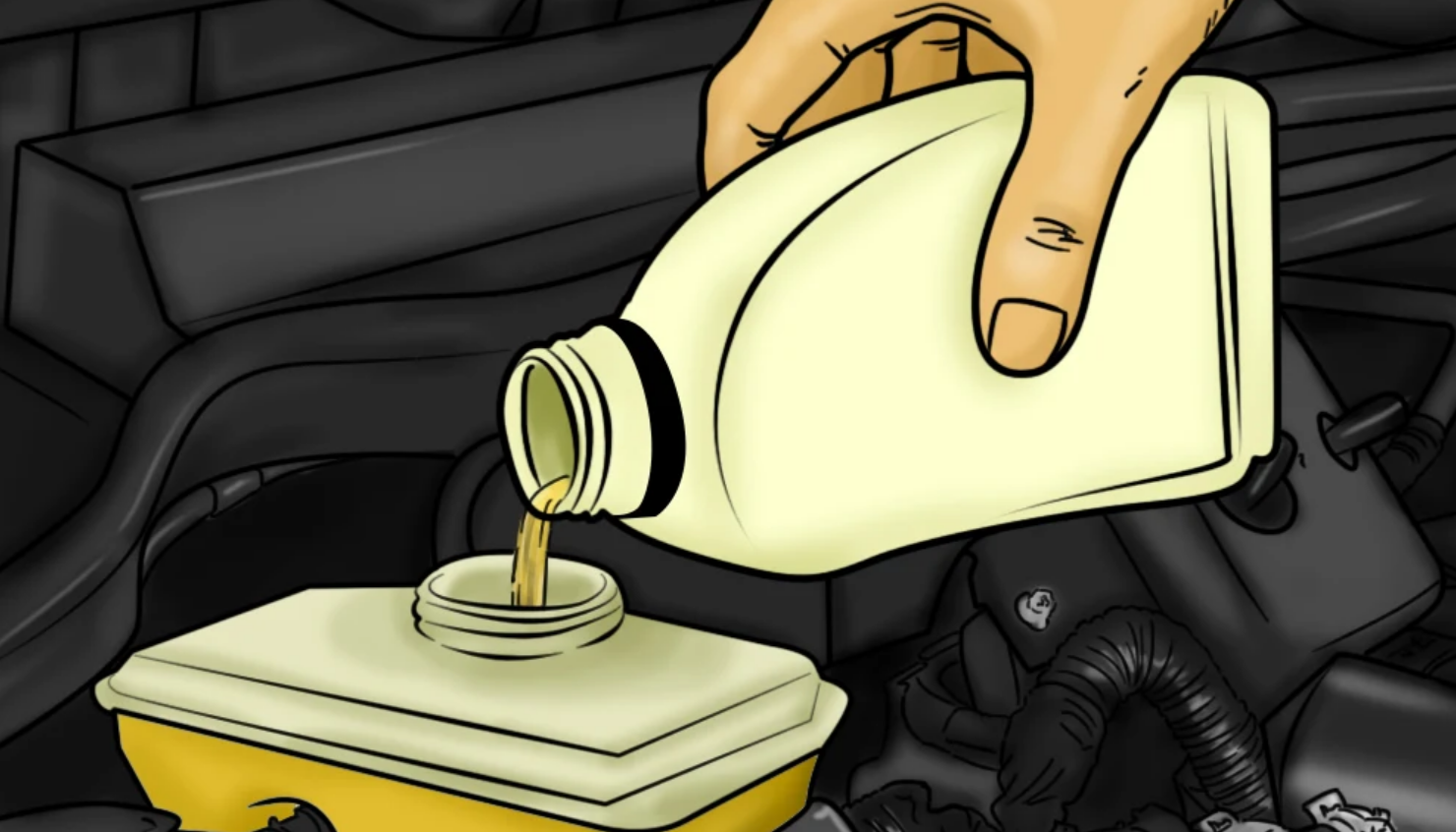Injection molding enables efficient mass production of the many plastic fluid reservoirs and interior console parts found in automotive applications. This guide provides an overview of the molds engineered specifically for these components.
Automotive Fluid Reservoir Molds
Injection molds allow cost-effective, high volume production of the various fluid reservoirs required in vehicles:
- Washer fluid reservoirs
- Coolant header tanks and overflow tanks
- Brake master cylinder reservoirs
- Power steering fluid reservoirs
- Transmission fluid reservoirs
- Engine oil pans
Reservoir molds must achieve the dimensional precision and structural integrity needed for fluid retention and sensor integration.
Automotive Center Console Molds
Injection mold facilitate production of the many plastic parts integrated into modern center consoles:
- Console substrates and frames
- Cup holders, trays, bins
- Storage compartments and lids
- Accessory boxes and enclosures
- Coin holders, phone cradles
- HVAC and infotainment controls
- Shifter assemblies and bezels
Console molds must enable accurate production of components that assemble precisely with other interior parts.
Mold Types for Reservoirs and Consoles
Different mold types are suited for the various fluid reservoir and console part geometries:
Two-Plate Molds
Simple two-plate molds work well for basic reservoir housings and console substrates produced in high volumes.
Three-Plate Molds
They provide enhanced control over complex part dimensions, insertion points and texturing. Widely used for intricate reservoirs and console parts.
Stack Molds
These maximize productivity by allowing multiple cavities to be molded per injection cycle. Ideal for high volume reservoirs, cup holders.
Hot Runner Molds
Hot runner technology provides continuous plastic flow into cavities, reducing cycle times and waste. Used for small, repeat console parts.
Key Mold Design Considerations
Several important factors influence mold design for these automotive applications:
Part Geometries
Complex curves, undertcuts and foamed-in inserts are often required. Proper mold engineering and machining are vital.
Production Volumes
High cavitation may be required to support mass production of reservoirs and high volume console parts.
Dimensional Tolerances
Parts must maintain tight, consistent tolerances for leak-free sealing, proper assembly and fit.
Strength and Durability
Molds must withstand millions of cycles while retaining accuracy despite metal fatigue and wear.
Resin and Process Compatibility
Materials like nylon and PP have specific molding requirements. Effective cooling is also critical.
Ease of Maintenance
Quick mold changes, cleaning and maintenance must be possible to minimize downtime.
Mold makers must balance these factors to create lasting mold for fluid reservoirs and console components.
Mold Manufacturing Process
Advanced techniques are used to produce quality injection mold:
Mold Design
Mold design is optimized using CAD software and mold flow analysis. This ensures proper cavity filling, minimizes warpage risks and reduces cycle times.
CNC Machining
Precision CNC machining expertly machines complex mold cavities from tool steel blocks. EDM creates intricate details.
Polishing and Texturing
Mold surfaces are carefully polished or textured to impart desired finishes on molded plastic parts.
Measurement and Inspection
Precision metrology equipment thoroughly measures and verifies all mold dimensions, alignments and surface quality.
Assembly and Testing
The assembled mold is trialled by sampling parts which are then inspected to confirm full functionality.
This stringent process results in high performance injection molds for fluid reservoirs and interior console components.
Leading Suppliers of Reservoir and Console Molds
Some top manufacturers of specialized molds for automotive fluid reservoirs and interior consoles include:
- MGS Mfg Group: American company offering robust, economical mold for a wide range of functional plastic parts.
- Molder Enterprise: Taiwanese mold engineering specialist focused on precision tools for automotive components.
- TPR Moulds: Indian mold maker with expertise in reservoirs, consoles and two wheeler parts.
- FIM Tools: China-based injection mold manufacturer providing turnkey automotive component molding solutions.
- Kieback&Peter: German company renowned for mold producing high quality interior HVAC and fluid handling parts.
- Topworks: Leading Chinese automotive parts supplier with diverse mold design, machining and manufacturing capabilities.
These specialists provide deep expertise in the complex molding requirements of the automotive industry. Their high precision injection molds enable automated mass production of fluid reservoirs and interior console components.
The Automotive Molding Process
Reviewing the complete molding process offers insight into the production demands:
1. Clamping
The mold halves are securely clamped by the injection press before injection.
2. Injection
Molten plastic is injected into the closed mold cavities under high pressure.
3. Cooling
Cooling channels quickly solidify the plastic, shaping it to the cavity contours.
4. Ejection
Once adequately cooled, the mold opens and parts are ejected.
5. Repeat
The automated cycle repeats continuously, molding parts just-in-time.
The molds must withstand millions of repetitive cycles as well as heating-cooling stresses over years of service. Proper engineering and machining are vital.
Conclusion
Specialized injection molds enable efficient, high volume production of the many plastic fluid reservoirs and interior console parts required in automotive manufacturing. Leading mold makers have the expertise to engineer durable, high speed molds tailored to these unique applications. Understanding the mold requirements helps OEMs and part producers source optimized molds tailored for their production needs.





